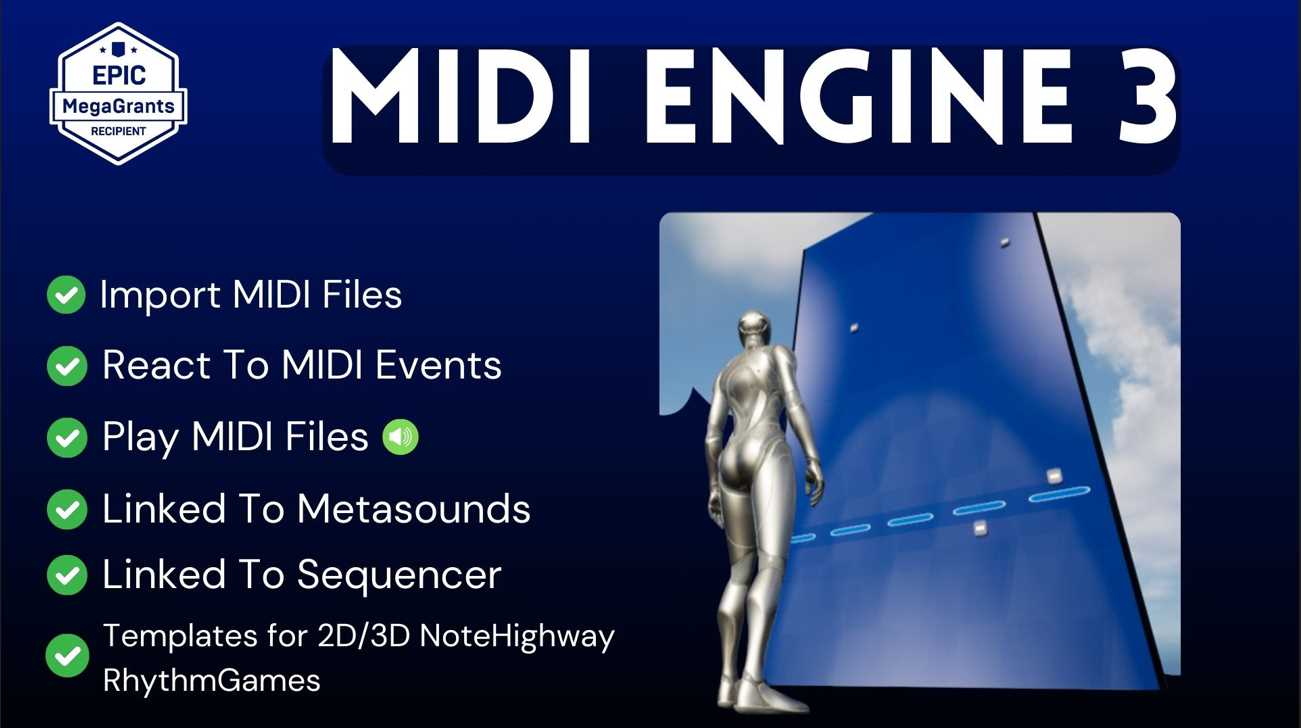Go from animating in Blender to animating in UE5 in 5 minutes. This tutorial compares the workflow similarities, naming differences, and available tools in unreal engine to help Blender animators move to unreal engine very easily. We advice you start with Non-rigged basic 3D Objects to understand some world/scene concepts first. We will move to amateurs later.
Blender’s Scene Equivalent.
In Blender, immediately when you create a new project/blendfile, You will get a Scene created for you by default. You’re always working within a scene in blender and it’s always ready to
- Place objects in scene
- Animate/Add Keyframes to scene.
In Unreal Engine:
- To Place Objects In A “scene”:
You need a Level/Map - To Animate/Add Keyframes to objects in the scene:
You must create a Level Sequence.
After reading the placing object’s in a Scene section below, you should read the UE5 Scene Management Tutorial to get a better grasp on building your scenes.
Meshes, Armatures, And Rigs for blender users In UE5
Unreal Engine has a concept of “Static Meshes” and “Skeletal Meshes“, The two main objects you’ll be placing in your scenes when animating. We will also look at the word “rig” and how its used differently in both programs.
Static Meshes In UE5
Static Meshes are the equivalent of a Blender mesh objects without an amateur or rig. For example the default cube, Suzanne head etc. Anything without a rig/amateur is called a “Static Mesh” in unreal engine.
Armatures In UE5
An Armature is called the Skeleton in Unreal Engine. Do NOT confuse a “Skeleton” with a “Skeletal Mesh”. Just like an Armature is an object of bones in blender, a Skeleton is the same thing in UE5.
Now see Skeletal Meshes below.
Rigged Meshes In UE5
A rigged mesh is called a Skeletal Mesh in unreal engine.
Skeletal Meshes can be compared to Blender mesh objects WITH an amature or “rig”.
These are your rigged characters, rigged cars… Anything with a rig/amateur, is called a “Skeletal Mesh” in UE5.
Blender "Rig" Vs UE5 Control "Rig"
More often than not, blender users refer to the amature as the rig or rig as amature. They use the word interchangeably which may lead to confusion in unreal engine with the system Control Rig.
In fact, you DO NOT need to create a “Control Rig” to do Foward Kinematics animation or FK Animation. You just need the Skeletal Mesh.
Blender’s tools like bone constraints, bone drivers, and more are all part of Control Rig. Read this control rig for blender users tutorial. For more information.
Placing Objects In A Scene
Before we can add keyframes and all the good stuff we need to place a 3D object in a scene. The easiest way to do it is to just add it to a map/level and add it as a possessable in the level sequence.
UE5 Scene Management For Blender Users
In Blender, You can create a Linked Copy Of A Scene. You can then share objects between the 2 scenes, but you can also add unique objects that are exclusive/unique to each scene.
In Unreal Engine, you can think of the relationship between a MAP and a level sequence as almost the same as Linked Copies.
Read this UE5 Scene Management Tutorial for more information.
Blender’s Keyframe & Sequencing Tools In UE5
Unreal Engine combines most of blender’s keyframing and sequencing tools into one system called the Sequencer Editor.
Here is a list of Blender tools you will find in Sequencer Editor:
In Blender, you access these tools on different windows/tabs. In Unreal Engine, the similar tools are all part of Sequencer Editor.
Read this sequencer for blender users tutorial for a more in depth look on how to access these tools within Sequencer Editor.
Tools You Don’t Need To Struggle With
The basic requirements to do FK keyframe animations in Sequencer are covered above.
To get IK support and custom bones, you need to learn Control rig.
You should be able to animate using IK on sequencer right after creating a control rig.
YOU DO NOT NEED TO LEARN THE FOLLOWING TOOLS/SYSTEMS TO USE A CONTROL RIG IN SEQUENCER:
- Animation Blueprint
- State Machines
- Characters(or Pawns).
These systems/tools are nice to have if you’re looking to do any procedural animation. Procedural animation requires you to do some programming/scripting, and these tools make that process simpler and that’s what they were built for.
So if you just want to do keyframed animation like in blender and you find yourself somehow struggling with the above-mentioned tools, just know you do not need them. We recommend you get our Blender To Unreal Engine 5 Animation Course.

